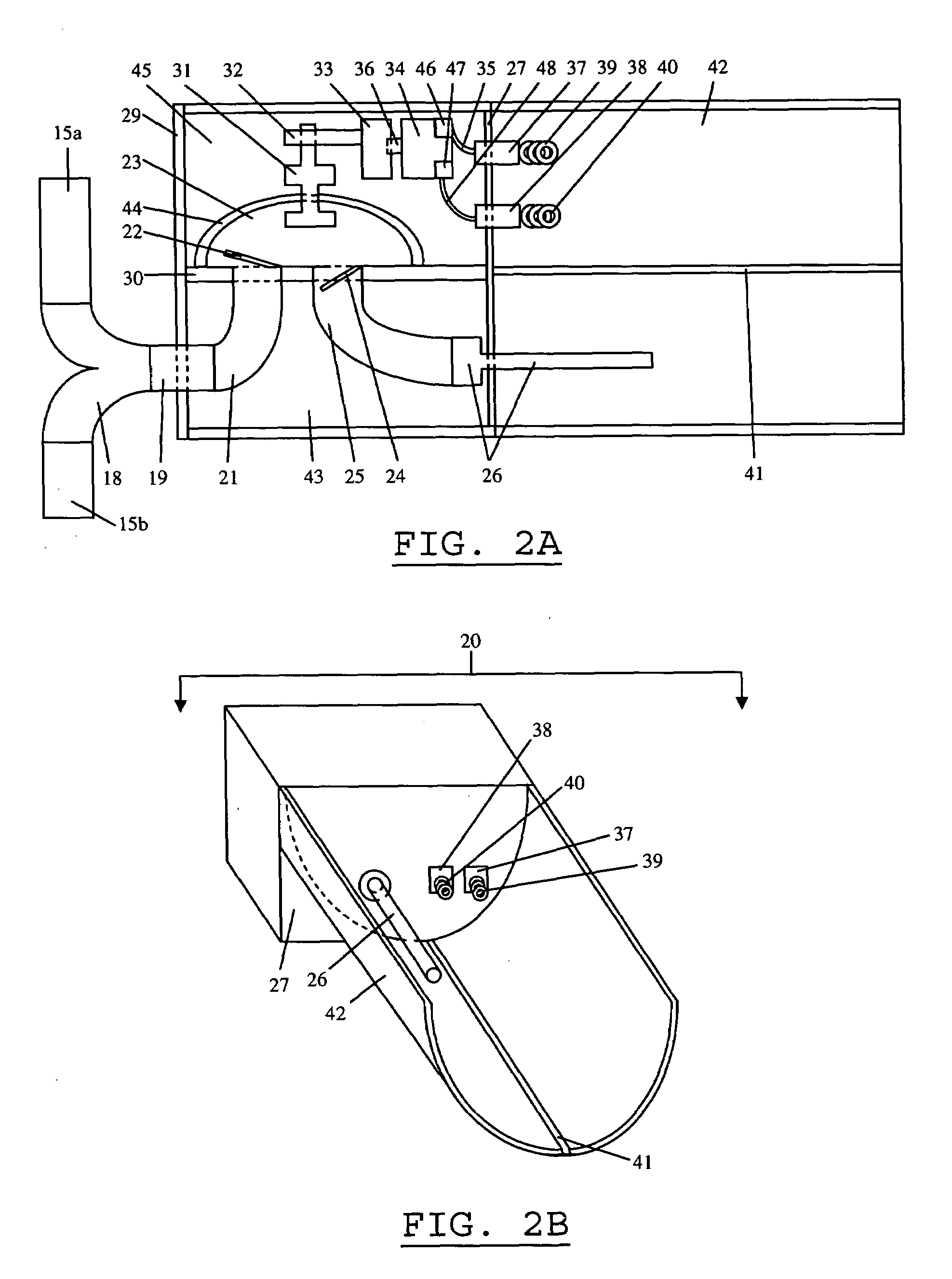Process for the utilization of ruminant animal methane emissions
a technology of ruminant animal and methane, which is applied in the field of process for the utilization can solve the problems of unsatisfactory, unsignificant elimination of ruminant animal methane production, and waste of energy, and achieves the effects of reducing the number of ruminant animal methane emissions, and reducing the number of ruminant animal methan
- Summary
- Abstract
- Description
- Claims
- Application Information
AI Technical Summary
Benefits of technology
Problems solved by technology
Method used
Image
Examples
Embodiment Construction
—PREFERRED EMBODIMENT
[0091]While this invention is susceptible to embodiment in many different forms, there is shown in the drawings and will herein be described in detail a preferred method of carrying out a process in accordance with the invention with the understanding that the present disclosure is to be considered as an exemplification of the principles of the invention and is not intended to limit the broad aspect of the invention to the embodiment illustrated.
[0092]The subject invention pertains to the use of the methane contained within ruminant animal exhalation for the production of methane-utilizing microorganisms. More particularly, the present invention pertains to the use of the methane contained within ruminant animal exhalation (such methane henceforth referred to as “exhalation methane”) for the production of methane-utilizing microorganisms in a microorganism growth-and-harvest apparatus. In the preferred embodiment, the method of the subject invention involves con...
PUM
| Property | Measurement | Unit |
|---|---|---|
| Exposure limit | aaaaa | aaaaa |
Abstract
Description
Claims
Application Information
 Login to View More
Login to View More - R&D
- Intellectual Property
- Life Sciences
- Materials
- Tech Scout
- Unparalleled Data Quality
- Higher Quality Content
- 60% Fewer Hallucinations
Browse by: Latest US Patents, China's latest patents, Technical Efficacy Thesaurus, Application Domain, Technology Topic, Popular Technical Reports.
© 2025 PatSnap. All rights reserved.Legal|Privacy policy|Modern Slavery Act Transparency Statement|Sitemap|About US| Contact US: help@patsnap.com



